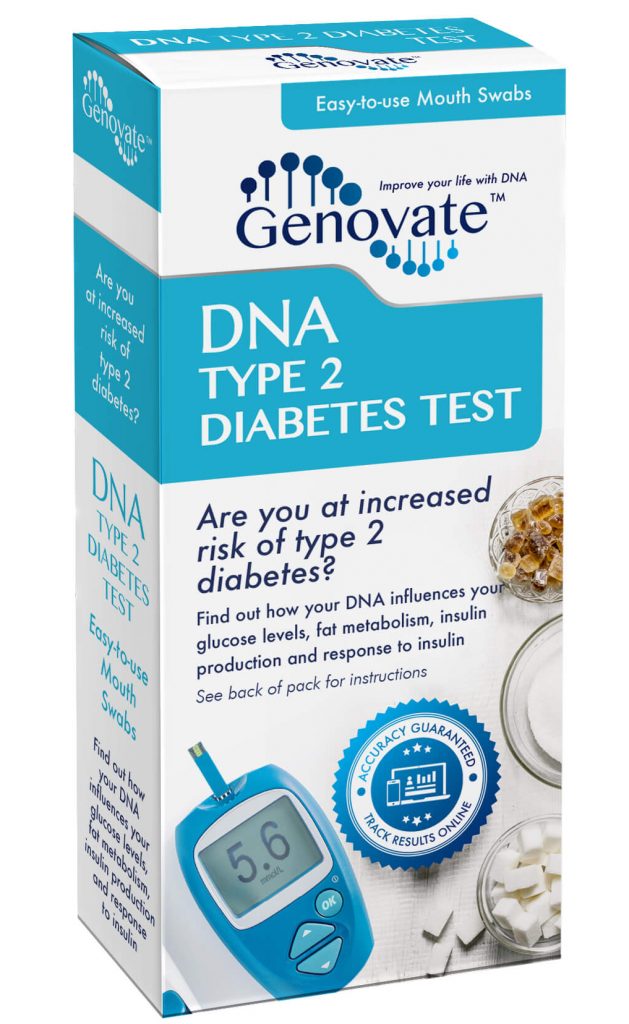Matthew always described himself as portly. Sure, his weight fluctuated a few times in his life, but to Matthew, his weight wasn’t a problem. He felt comfortable in his body, until he started falling asleep mid-conversation. No matter how many hours of sleep he clocked, he was always tired and sleepy. A doctor’s visit changed his whole life. He was diagnosed with type 2 diabetes.
Type 2 diabetes is a complex disease with several different risk factors. But obesity happens to be one of the best predictors of diabetes risk, especially because a shared set of DNA changes underlie both conditions. FADS1 is one such ‘diabesity’ gene that contributes to both our risk of obesity and type 2 diabetes.
Sugar isn’t the only culprit
We often associate diabetes with high sugar, but sugar is not the only culprit behind type 2 diabetes. Both obesity and type 2 diabetes are metabolic diseases. This means they are triggered by our body’s inability to properly process dietary components, like sugars and fats.
Fatty acid desaturase 1 (encoded by the FADS1 gene) participates in the metabolism of fatty acids. The FADS1 enzyme processes the ‘healthy’ fats, like omega-3 and omega-6, so they can be incorporated into our vital cellular membranes. These processed fatty acids also act as signalling molecules that stimulate the secretion of insulin, the hormone responsible for removing sugar from the blood.
Studies show that the amount of fatty acids in our blood, as well as their degree of saturation (the number of hydrogen atoms attached to a fatty acid), can drastically affect insulin secretion. This is how FADS1 activity contributes to the risk of type 2 diabetes.
The FADS1 variant
People with one variant of FADS1 (rs174550) have lower levels of FADS1. So they are not quite as efficient at processing dietary fats. This changes the composition of cellular membranes, and is also linked to altered lipid levels and elevated blood glucose.

There are two possible explanations as to exactly how the FADS1 variant increases diabetes risk. Either it alters the level of signalling molecules that are important for insulin secretion or the changes in our cell membranes hinder the release of insulin.
While scientists are still trying to puzzle out the exact mechanism, what we do know is that inheriting the FADS1 variant increases our risk of metabolic disorders like type 2 diabetes and obesity.
What’s your risk?
The first description of diabetes comes from a manuscript from Egypt dated 1500 BCE. Even thousands of years later, we still don’t have a cure for diabetes. On the brighter side, in their pursuit to cure diabetes, scientists have uncovered many of the factors that contribute to our predisposition to type 2 diabetes. It offers us a fighting chance against this complex and debilitating disease. Find out your risk with the DNA Type 2 Diabetes Test.















